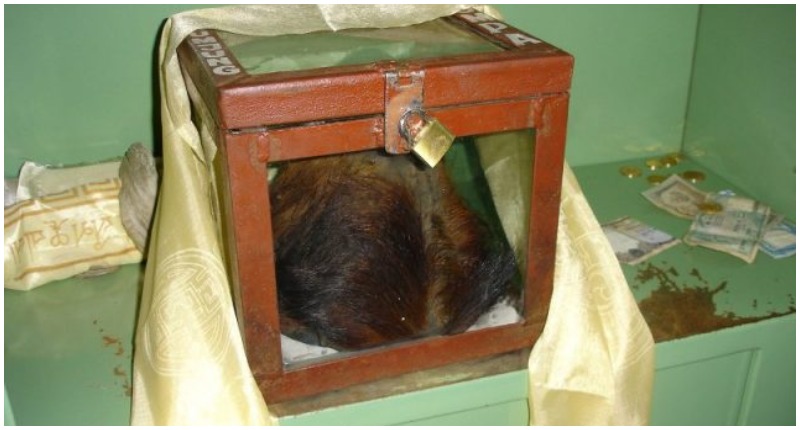If you’re a fan of the “paranormal,” there has never been a better time to be alive. TV shows, and seemingly entire networks, are dedicated to finding out the “real story” about UFO’s, ghosts, telepathy and a myriad of other supernatural subjects.
One of those subjects are the stories of encounters with the giant ape-men of the forest and mountains of North America and Asia: Bigfoot and the yeti.
One can find pictures, film clips, movies, interviews all leading to the conclusion that the so-called evolutionary “missing link” is out there on the fringes of human civilization, doing its best to evade human contact or capture.
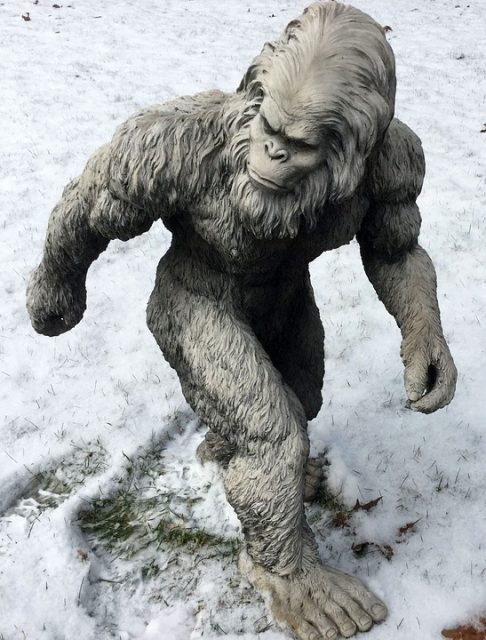
Every once in a while, someone finds what they propose is a hair or other “evidence” of the creature’s existence. None has provided solid indisputable proof.
Of course, all of the “Bigfoot Hunters”, etc needn’t bother – in Nepal, home of the yeti, or as it is sometimes known, “The Abominable Snowman,” a remote Buddhist monastery has what many in that mountainous nation regard as proof of the creature’s existence: its scalp.
Yes, the small Buddhist monastery at Khumjung, about 85 miles east of Nepal’s capital, Kathmandu, has what they believe to be the scalp of the yeti. “Yeti” is the most common name for the creature, but it has other names, depending on what region of Nepal or the Himalayas you are in.
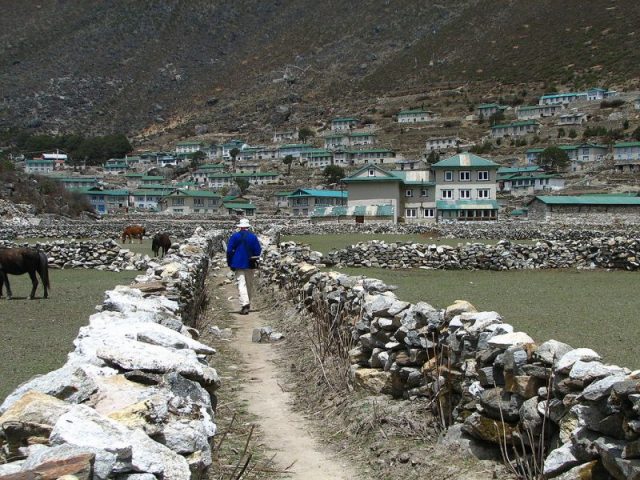
It is sometimes called the “Mirka” or “Migoi,” meaning “wild-man,” or “Miche,” meaning “man-bear.” Westerners began calling it the Abominable Snowman in 1921, after a British military officer related an episode from an early Western expedition of Mount Everest.
Seeing bear or wolf tracks in the snow, the officer pointed them out to his Sherpa guides, who reacted with amazement, and told him of the “wild man” who lived in the mountains. The reporter recording the story gave the Sherpa’s creature the name “Abominable Snowman,” and it stuck.
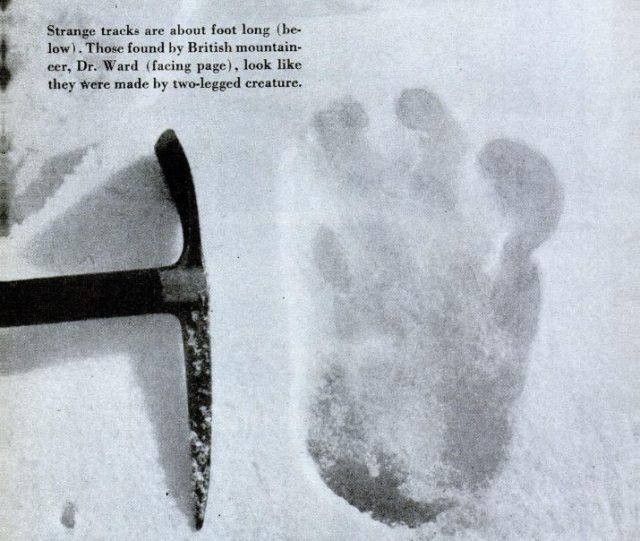
For centuries, the people of the Himalayas and southern Siberia have told of a wild man living in the mountains. Sometimes he (it’s rarely a “she” in the re-telling) is a manifestation of a spirit or the failed cross-breeding of human and bear, other times the yeti is a god itself.
Mostly, tales of the creature elicit amazement and wonder in the people native to the area, not fear. The creature is reclusive and runs or hides from men, conveniently.
After the successful ascent of Everest by Sir Edmund Hillary and Tenzing Norgay in 1953, and reported seeing large unidentifiable footprints in the snow at elevation, tales of the yeti grew more popular in the West.

Of course, this was at a time when Nepal and the other nations and regions of the Himalayas were much more inaccessible than they are today, which made the mystery of the yeti even more fascinating. Hillary’s footprints were added to those purportedly discovered by earlier unsuccessful ascents of Everest by British explorers.
Edmund Hillary was fascinated not only with the mountains of the region but with its peoples and their cultures and beliefs. Of course, the most unusual was the yeti. He heard of the scalp in Khumjung in 1960, when he returned to the region with a journalist on an expedition to find evidence of the existence (or non-existence) of the creature.
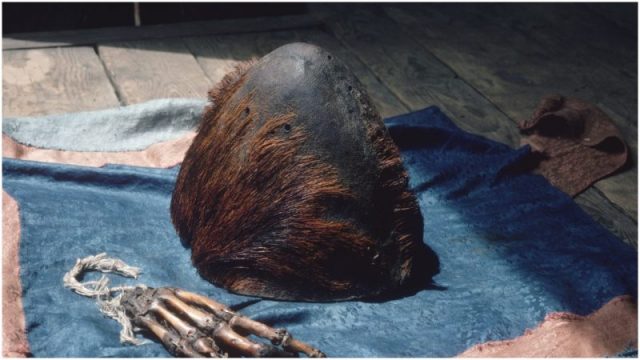
At the time, the scalp was the property of an elderly woman who kept it safe for the villagers, who believed that it brought them good luck. Hillary wanted to take the scalp with him back home, to have zoologists examine it, then return it to Nepal.
The old woman refused until the Englishman promised to make a donation to the local monastery and school, as well as take a local man along with him to ensure safekeeping for the village.
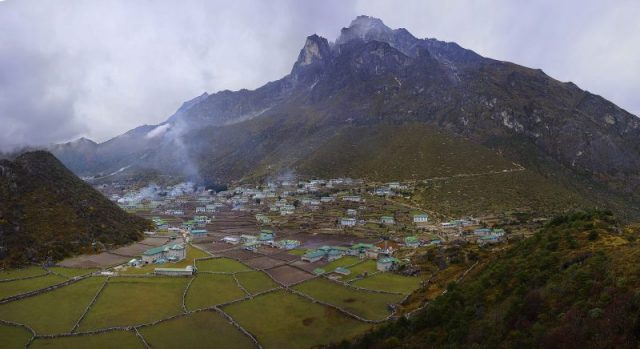
Since people are still searching for proof of the yeti’s existence, you likely know how this story turns out: Hillary took it home, zoologists examined the scalp, and concluded that it was fashioned from the hide of a local antelope or goat, and molded into a skull-like shape.
As promised, Hillary returned the “scalp” when the examination was finished, taking it back on one of his frequent trips to the area, which he took under his wing, building many schools and other public projects to benefit the people of the area.
Despite the conclusion of the British scientists, people all over the world were fascinated with the scalp and photos of it (which were black and white as well as grainy, adding a touch of mystery), and many believed that it truly was the scalp of the Abominable Snowman. As does the monk in charge of its safe-keeping in the monastery where it now resides in a glass case.
Read another story from us: History’s Most Slapstick Sasquatch Encounter
Recently asked about the scalp and the creature, the monk replied: “We don’t believe in giraffes and lions in Nepal because there aren’t any there. Likewise, you don’t believe in yetis because you have none in your country.”
